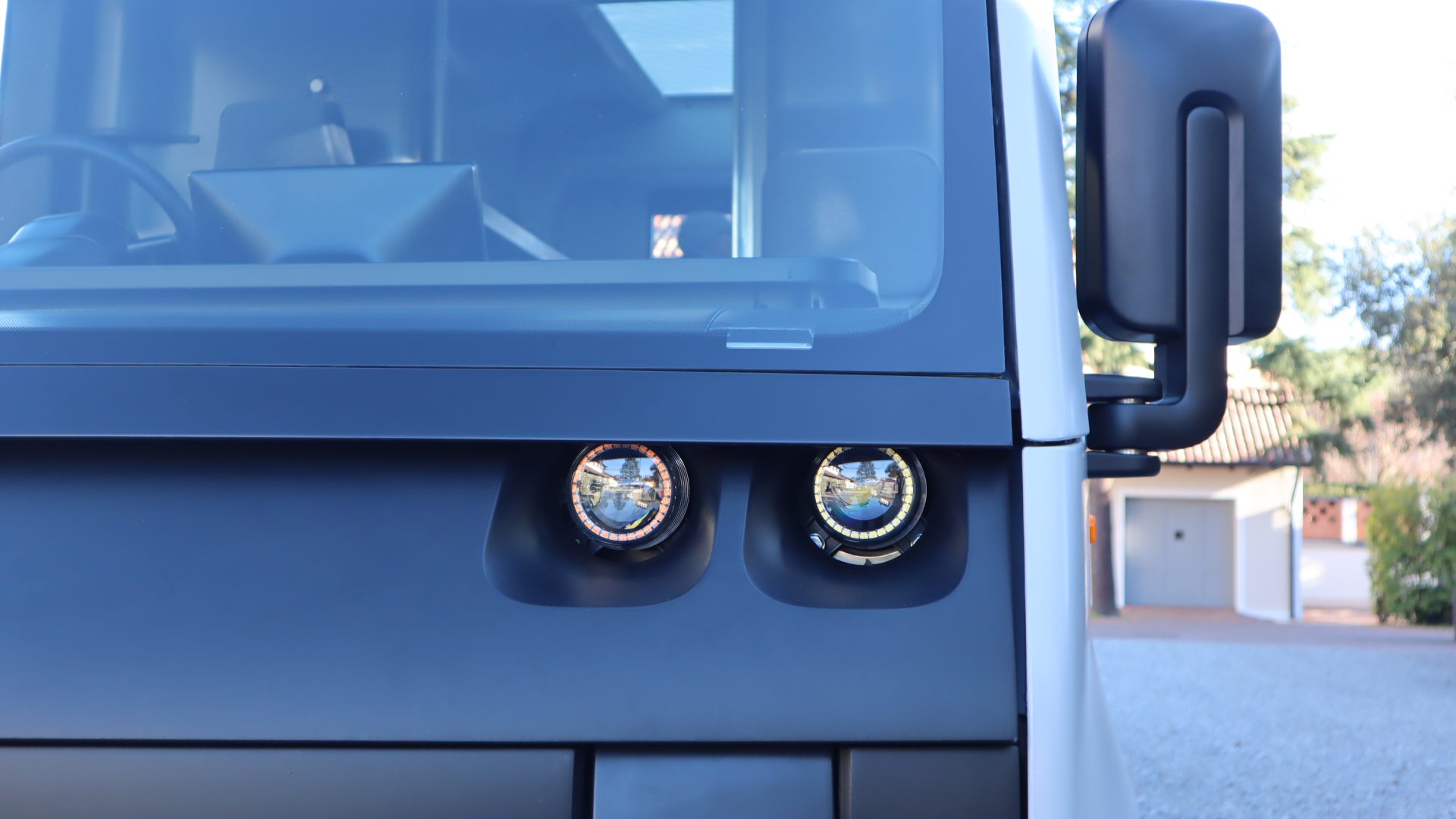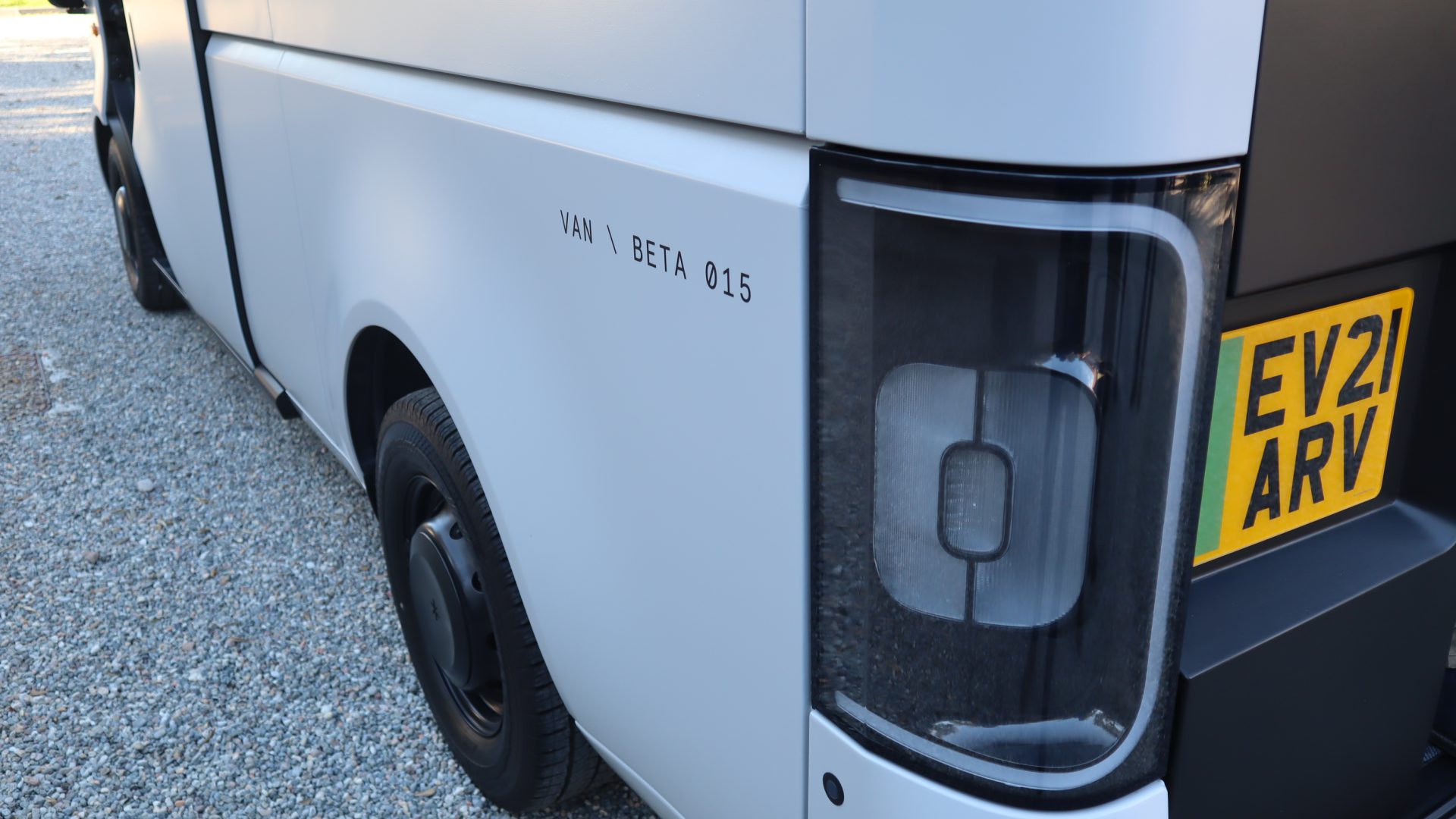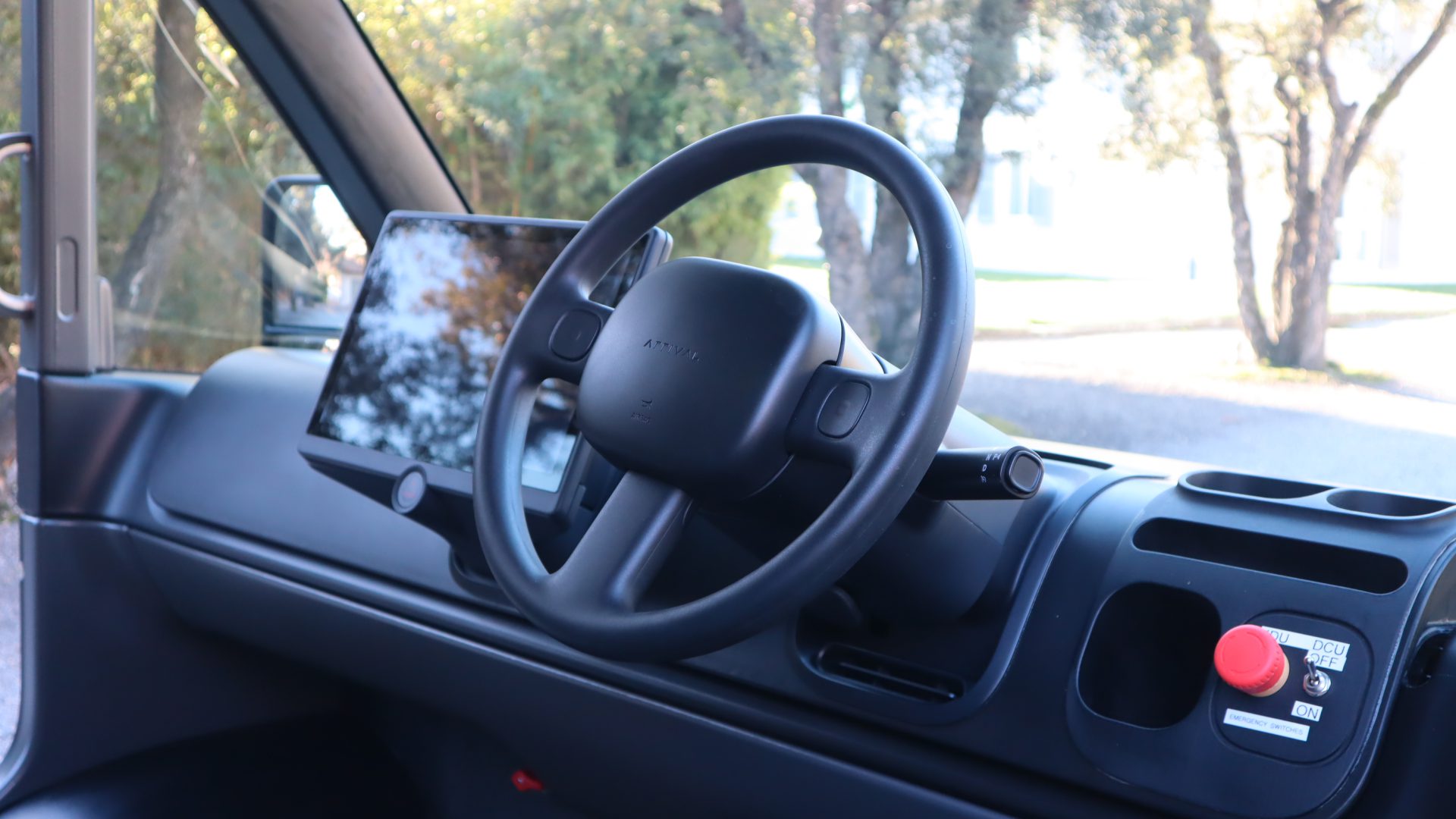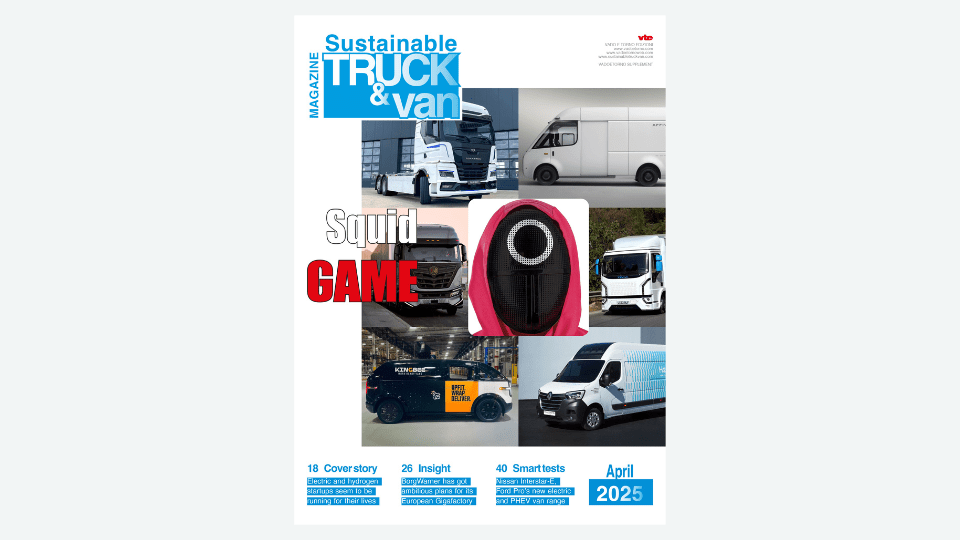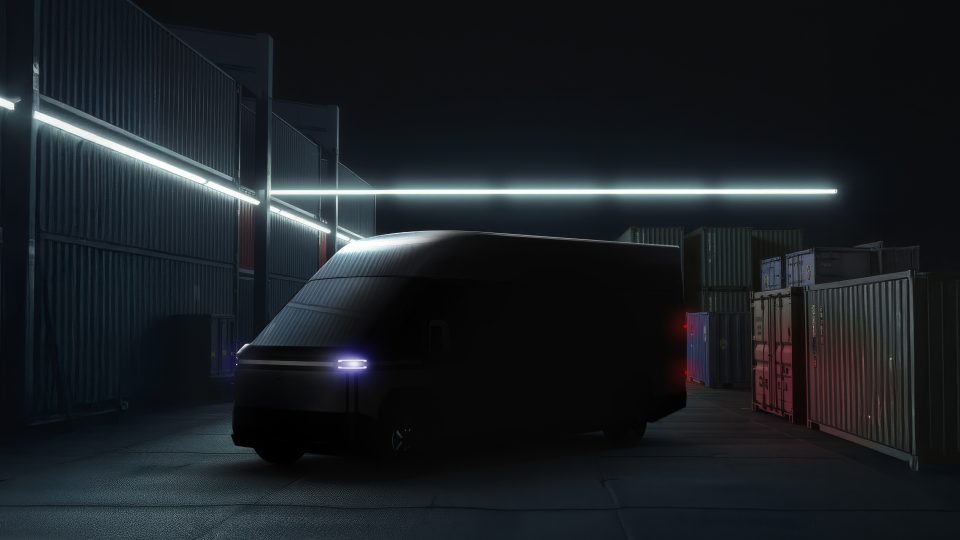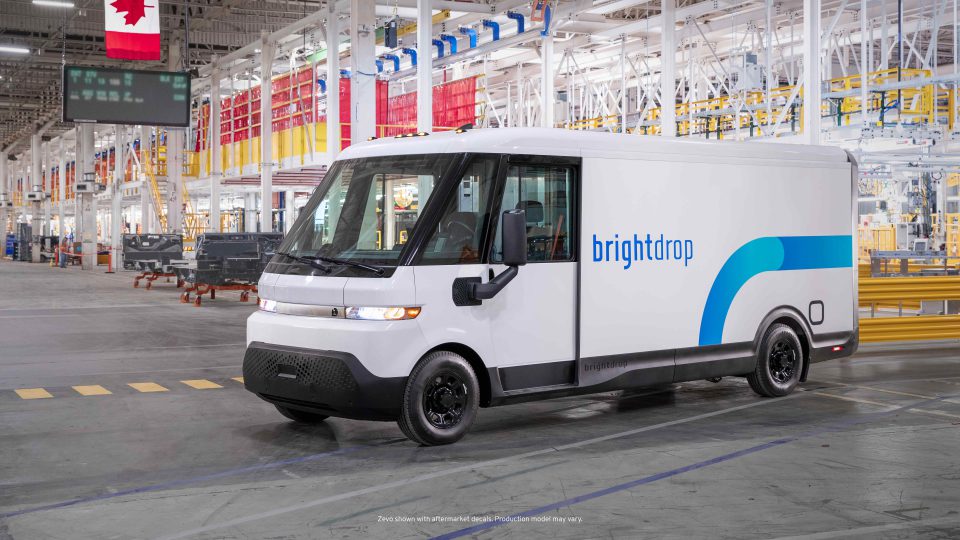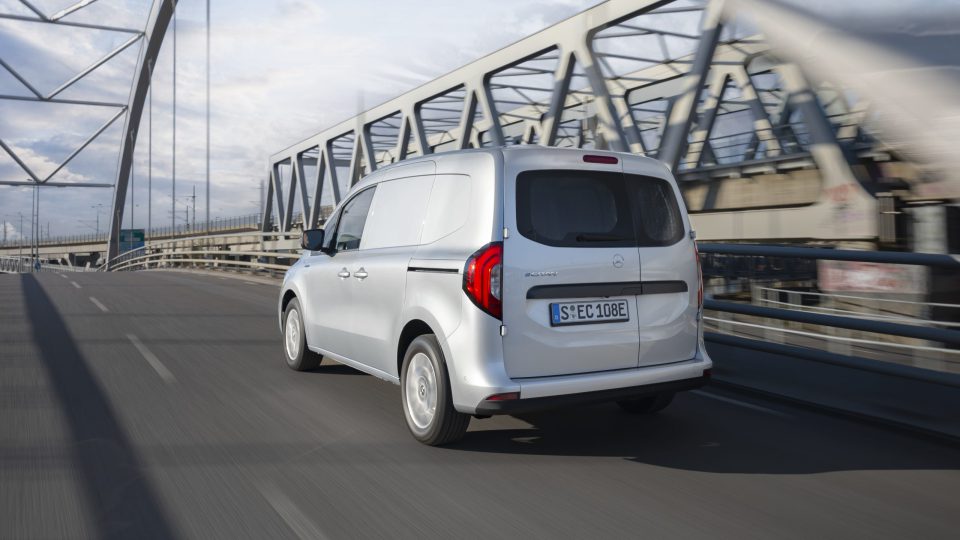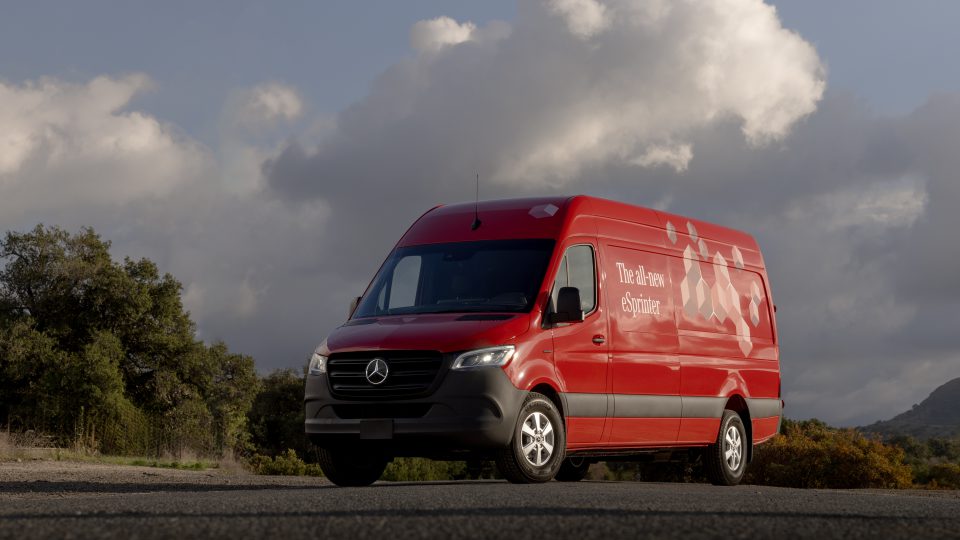We participated in the Arrival European roadshow. «Here’s our revolutionary business model»
«The choice to focus initially on vans and buses is essentially due to the strong demand from municipalities, which need to promote sustainable public transport and, at the same time, limit the number of polluting vehicles entering the city for regulatory reasons», explains Andrea Finardi, Head of Sales for Southern Europe.
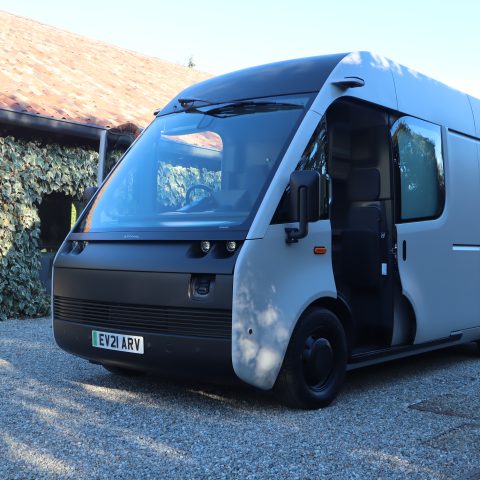
Arrival highly innovative and «super-sustainable» van is on display in Italy, in Milan and Rome, during the roadshow which, until March, will visit fifteen cities in nine European countries: from Germany to France; from Spain to Portugal. We couldn’t pass up the chance to get a closer look at the vehicle that promises to revolutionize last mile distribution with a truly unique business model involving design, the use of materials, right through to the actual production process.
We’re talking about a fully electric vehicle with cargo volumes range from 10.5 to 18 square meters per metre depending on the model height and length, and motors of 67, 89 and 111 kilowatts in the three versions initially envisaged, with a range that should vary, according to official figures, between 180 and 300 km. The vehicle you see pictured here is nothing more than a prototype, moreover in the so-called walk-in version designed for the US and UK markets (the panel van will arrive soon). The roadmap drawn up by the UK-based manufacturer has set production to begin in the third quarter of 2022. Where? Wherever it is needed.
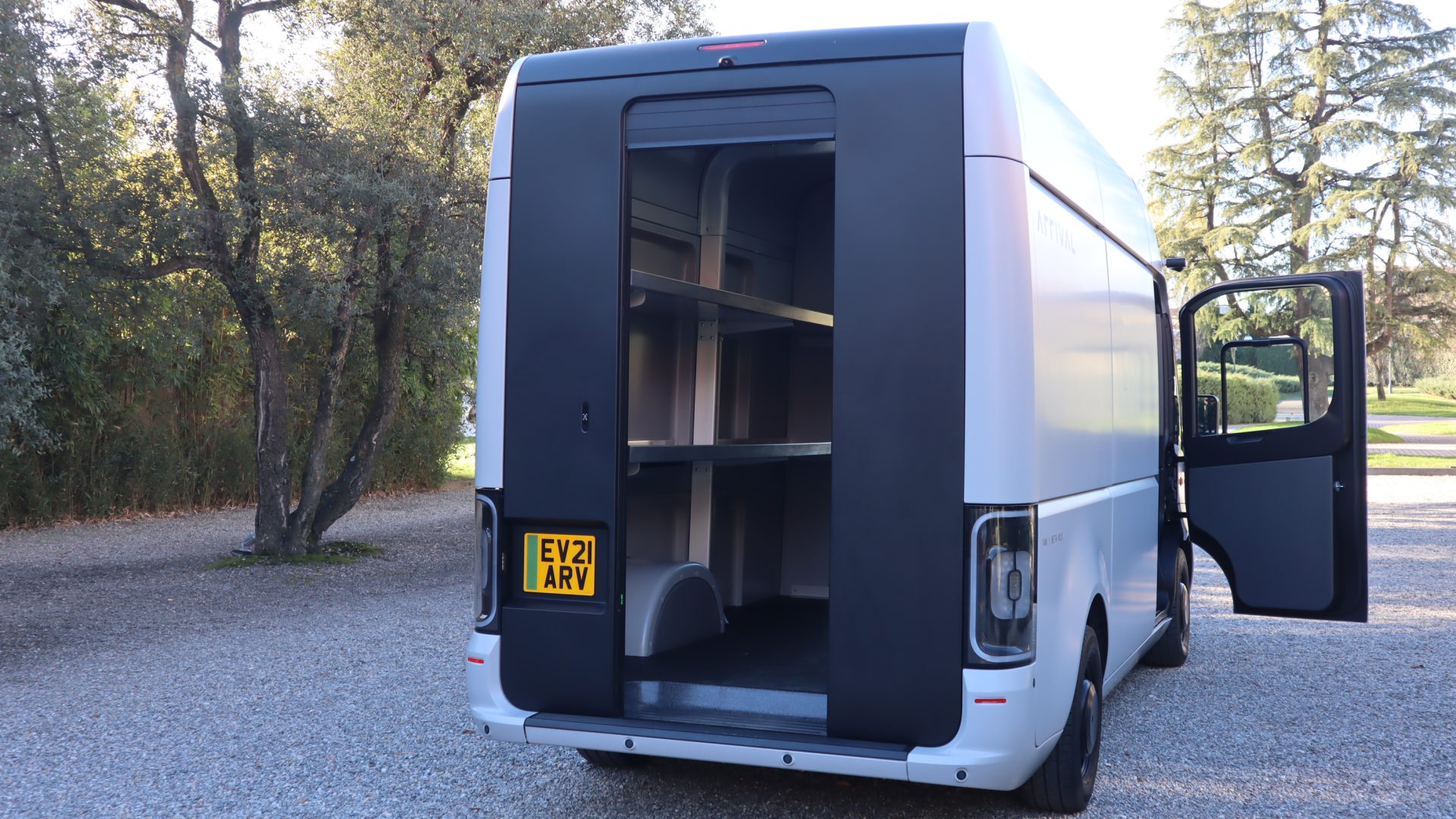
Arrival European roadshow: a glimpse of the microfactory concept
The production model is based on the so called ‘microfactories’, i.e. manufacturing sites located in several countries and built from existing structures, then without building new factories. The concept put forward by Arrival‘s founder, Russian Denis Sverdlov, is quite simple: with traditional models, vehicle production cannot be truly sustainable. The microfactories envisaged by Sverdlov are scalable and replicable, just like the production lines they are supposed to host, which are in turn based on cells in which the work of robots is crucial: from industrial robots to the so-called Autonomous mobile robots (AMR), developed and produced by Arrival itself, for a total of around 70 robots per line. Managed by the operators and due to the application of machine learning and artificial intelligence concepts, the microfactories are expected to produce around 10,000 vehicles a year. These factories will be located (also in fiscal terms) within the markets to be served.
Cities need sustainable transport
«The choice to focus initially on vans and buses (about the latter, production of the first models is expected to start at the beginning of next year) is essentially due to the strong demand from municipalities, which need to promote sustainable public transport and, at the same time, limit the number of polluting vehicles entering the city for regulatory reasons», explains Andrea Finardi, Head of Sales for Southern Europe (Italy, Spain and Portugal). «Another key factor is the explosion of e-commerce, with the consequent strong demand for vehicles capable of delivering in urban centres. In addition, the issue of infrastructure is easily addressed, as both buses and vans are vehicles destined to ‘rest’ overnight, when they can be recharged at a depot or at the appropriately equipped premises of the transport companies. Arrival, however, is a concept that will also apply to passenger cars starting from 2023».
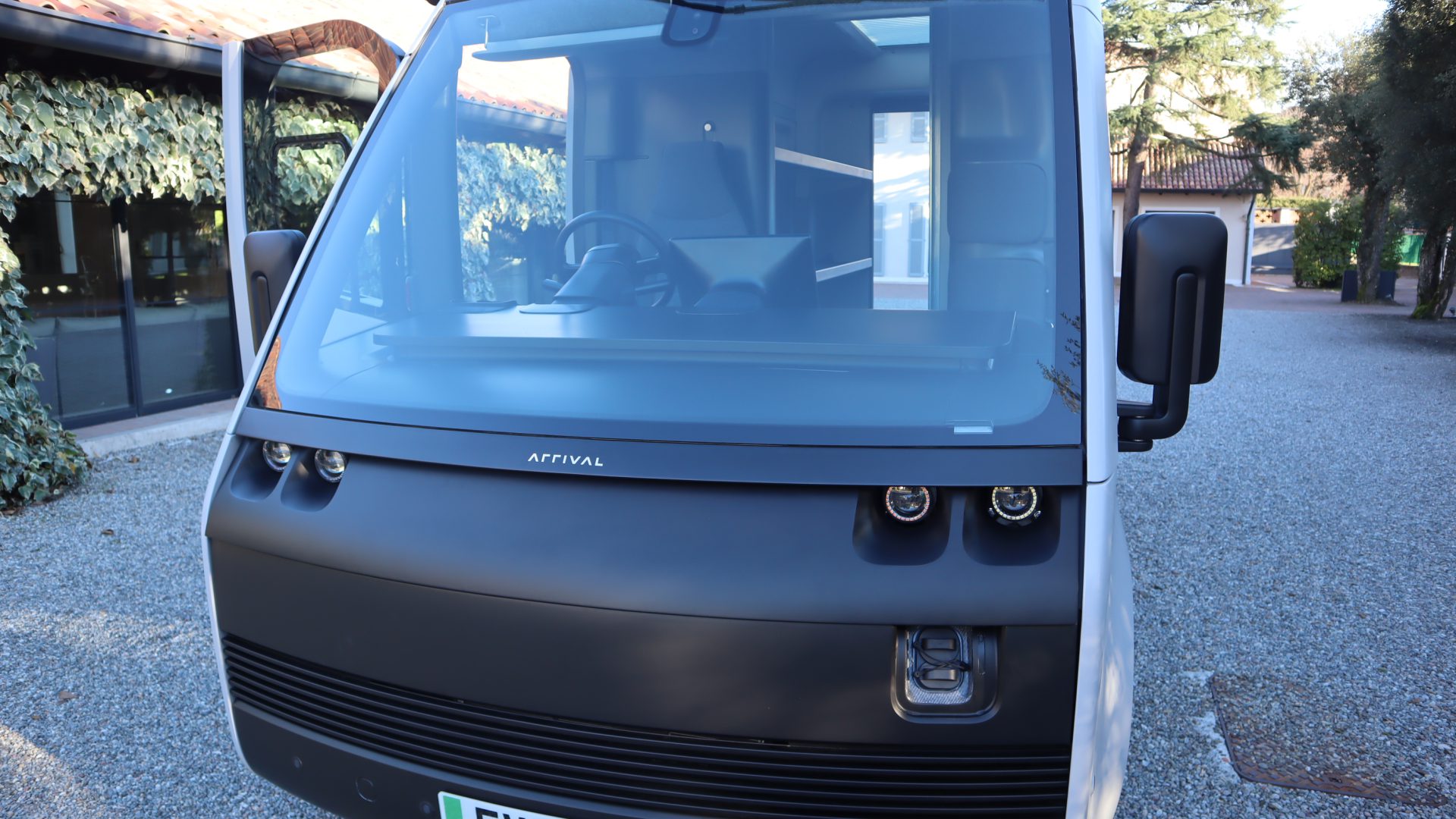
Other strategic pillars
However, microfactories are not the only pillar of Arrival’s model. The group has been working ‘in the shadows’ for the past six years developing hardware and software not only in the UK but also in other research centres around the world. «About 70 per cent of what is part of the vehicle is home-made», adds Finardi, «including the digital connectivity system between vehicles and between vehicles and fleet management platforms that report to end customers. As far as the ergonomics, safety and layout of the vans are concerned, on the other hand, there has been close collaboration with those who specifically use this type of vehicle, with the aim of creating a product that is suited to the needs of the driver and attentive to road safety». UPS has been cited several times as an example of collaboration, even if, as Arrival are keen to stress, no partnership is exclusive.
A revolution in materials
The Arrival concept of sustainability includes the materials used to make the vans: a mix of fibreglass and polypropylene used both for the outer panels and for the internal parts of the cargo van, which offer greater impact resistance than traditional materials and are more easily recycled. Talking about circular economy, an agreement has recently been signed with the Canadian company Li-Cycle for research into battery recycling.
The battery packs are assembled by Arrival (at the moment in the British production centre, later on in the microfactories), while the cells, i.e. the technological heart of the traction system, are supplied by the Korean LG Chem.
Safety systems and essential equipment
Arrival vans’ advanced features include ADAS, such as Advanced Emergency Braking, Blind Spot Monitoring, Lane Keep Assist, and Adaptive Cruise Control. Other technologies to help the driver include digital e-mirrors, a 360-degree surround view, Traffic Sign Recognition, and many more. The dashboard is extremely basic, so a generously sized monitor is all that is needed to provide the driver with all the necessary information. The maximum speed of the vehicle will be 120 km/h. When it comes to list price, the idea is to compete with the latest generation of diesel vans.



